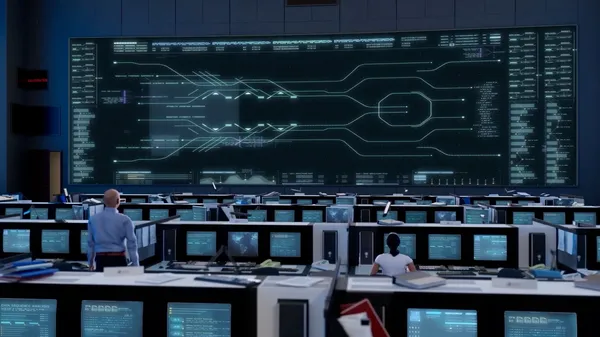 Google, PJM and Tapestry collaborate to use AI to accelerate grid connections.
Google, PJM and Tapestry collaborate to use AI to accelerate grid connections.
Our investment in AI-powered solutions for the electric grid
 Google, PJM and Tapestry collaborate to use AI to accelerate grid connections.
Google, PJM and Tapestry collaborate to use AI to accelerate grid connections.
 Google, PJM and Tapestry collaborate to use AI to accelerate grid connections.
Google, PJM and Tapestry collaborate to use AI to accelerate grid connections.
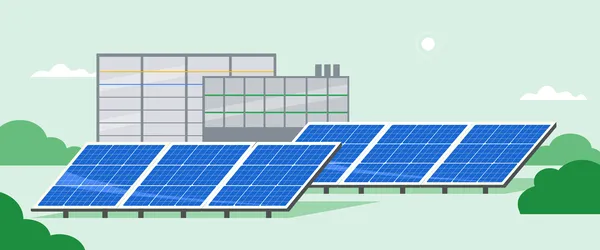 Google has entered into long-term agreements with Leeward Renewable Energy (LRE) to support over 700 megawatts (MW) of solar projects in Oklahoma. The projects are strat…
Google has entered into long-term agreements with Leeward Renewable Energy (LRE) to support over 700 megawatts (MW) of solar projects in Oklahoma. The projects are strat…
 Google has entered into long-term agreements with Leeward Renewable Energy (LRE) to support over 700 megawatts (MW) of solar projects in Oklahoma. The projects are strat…
Google has entered into long-term agreements with Leeward Renewable Energy (LRE) to support over 700 megawatts (MW) of solar projects in Oklahoma. The projects are strat…
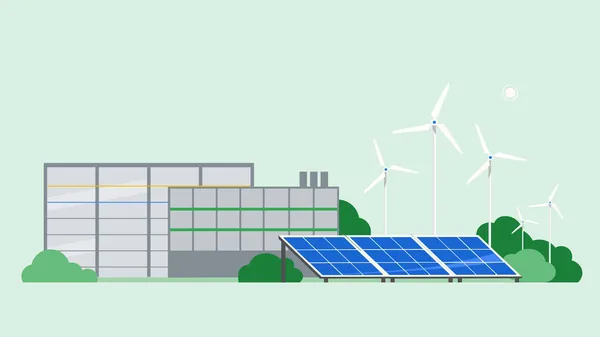 Intersect Power, Google and TPG Rise Climate partner to tightly couple data center growth with clean power generation.
Intersect Power, Google and TPG Rise Climate partner to tightly couple data center growth with clean power generation.
 How we’re approaching sustainability in Nebraska to support our data center operations in the state.
How we’re approaching sustainability in Nebraska to support our data center operations in the state.
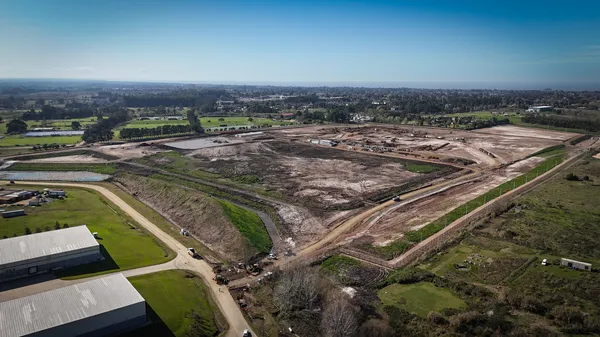 We’re announcing the construction of our new data center in Canelones, Uruguay — our second data center in Latin America.
We’re announcing the construction of our new data center in Canelones, Uruguay — our second data center in Latin America.
 We’re announcing the construction of our new data center in Canelones, Uruguay — our second data center in Latin America.
We’re announcing the construction of our new data center in Canelones, Uruguay — our second data center in Latin America.
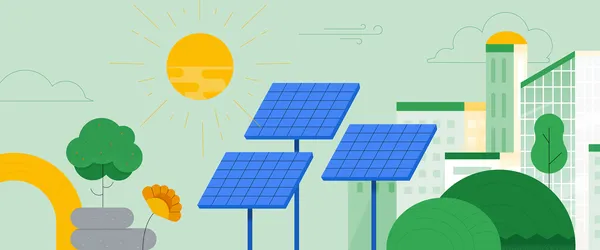 We’re partnering with BlackRock to support a pipeline of new solar projects in Taiwan.
We’re partnering with BlackRock to support a pipeline of new solar projects in Taiwan.
 NV Energy and Google partner to develop new solutions to bring clean, firm energy technology to Nevada.
NV Energy and Google partner to develop new solutions to bring clean, firm energy technology to Nevada.